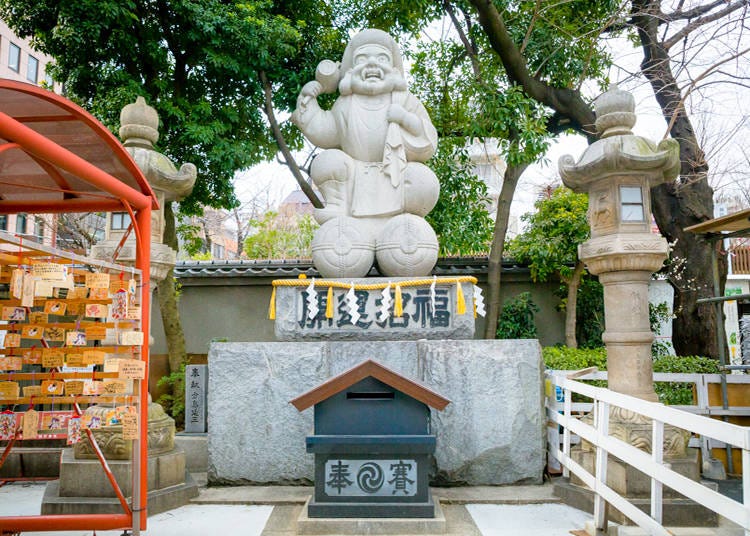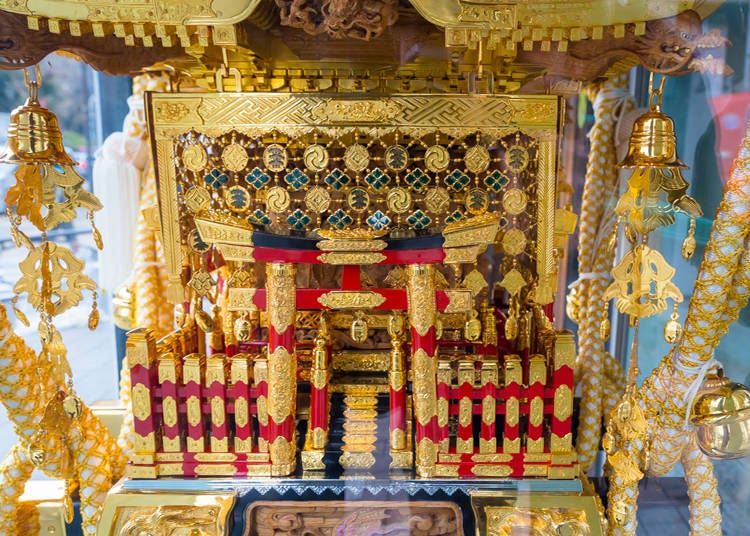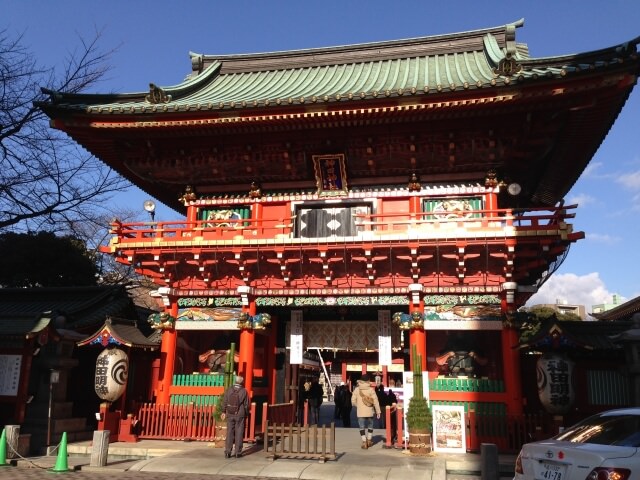A large and famous Shinto shrine in the Kanda/Ochanomizu area, the Kanda Myojin shrine is home to the Kanda festival which is one of the three biggest in Tokyo, Japan. Originally built in 730ad, the shrine has since been moved and rebuilt multiple times, although it did survive the bombing of WW2, unlike many other Japanese structures in the city. The Shrine’s proximity to tech-central Akihabara hasn’t left it untouched – it is a popular spot to buy talisman for the protection of electronic goods. Let’s find out it with Bestechz!
Contents
Kanda Myojin Shrine in Japan
Tokyo Technophiles Temple
Located close to the anime town of Akihabara, the Kanda Shrine is one of the oldest shrines in Tokyo. First built in Shibasaki, the shrine moved to Kanda, then closer to Akihabara in 1616. Due to the old age, the shrine has been rebuilt and restored many times. Due to the close location of the shrine to Akihabara, it has become a popular destination for the local Japanese people who visit Akihabara. Kanda Myojin Shrine is home to the Kanda Festival, a Shinto celebration in May considered to be one of Tokyo’s top three festivals next to the Fukagawa Matsuri and Sannō Matsuri. During the event, the shrine is filled with visitors celebrating Tokugawa Ieyasu’s victory at the battle of Sekigahara.
Unlike other shrines, the Kanda Shrine sells specialized good luck charms, or Omamori, meant specifically for blessing electronic devices. The good luck charm comes in three parts: a card for your wallet, a sticker for your laptop/desktop, and a smaller sticker to put directly on your cell-phone. It is believed these good luck charms help prevent bad-fortune and damage from happening to your electronic devices. While most shrines sell good luck charms, Kanda is the only to offer specialized omamori for your electronic goods. It isn’t uncommon to see some people from Akihabara head towards the Kanda Shrine after buying a new Camera or Laptop to get a good luck charm for their new electronics.
Getting Kanda Myojin Shrine in Japan
Kanda Myojin is close to Shin-Ochanomizu Station on the Chiyoda subway line, and Ochanomizu station on the JR Chuo Line, just one stop from Akihabara Station. Find your way across the river and the shrine is up a gradient, close to Yushima Seido Confucian Temple, which is also very much worth visiting. But, if you’re up for a good sweat, you can also walk there in 10-15 minutes from JR Akihabara Station.
The Gods Enshrined at Kanda Myojin

Being one of the oldest shrines in Tokyo, dating back almost 1,300 years, Kanda Myojin enshrines the deities Daikokuten, Ebisu, and Taira no Masakado. These deities are the guardians of Tokyo’s 108 neighborhoods that include the Akihabara, Kanda, Nihombashi, Marunouchi, and Tsukiji areas. Prayers to these deities are particularly focused on prosperity and success in business, marriage, family happiness, recovery from illness, and protection against disasters and more.
The Kanda Matsuri: One of the Three Great Shinto Festivals of Tokyo

Held on the Saturday and Sunday closest to May 15th in every odd-numbered year, the Kanda Matsuri (Kanda Festival) has roots dating back to the beginning of the 17th century. It was created in 1600, the year Tokugawa Ieyasu celebrated his victory at the epochal battle of Sekigahara, effectively starting the Tokugawa Shogunate and the Edo period in Japan. Originally begun as a sign of the shogunate’s prosperity, the festival has continued to this day.
During the festival, imperial palanquins and portable shrines called “mikoshi” are paraded through the neighborhood as thousands of people gather in an exciting procession leading to the individual machi-mikoshi (mikoshi belonging to specific neighborhoods) being paraded through their respective neighborhoods, and ending with all the mikoshi being blessed and purified by the deities of Kanda Myojin.
Sights to see at Kanda Myojin Shrine
Main Shrine Hall
The brilliant vermillion structure is the Main Hall, established in 1934 after the Great Kanto Earthquake completely destroyed the original building. The main hall combines the hall of offerings, prayer hall, special preparation kitchen and treasure storage into one massive building. The prayer hall, unlike many built during the time, stands partially directly on the ground, so people can pray while keeping their shoes on (as shoes are strictly forbidden when entering). In 2003, on the year of the 400th anniversary of the Edo Period’s opening, the main hall was designated as a National Tangible Cultural Heritage.
Zuishin-mon
The gate located in the beginning of Kanda Myojin is called the Zuishin-mon. Built in 1975, this gate commemorates the 50th anniversary of Emperor Showa’s enthronement. Carvings of gods and depictions of Japanese legends wrap the entirety of the gate. Two gods guard the entrance, protecting the shrine grounds.




